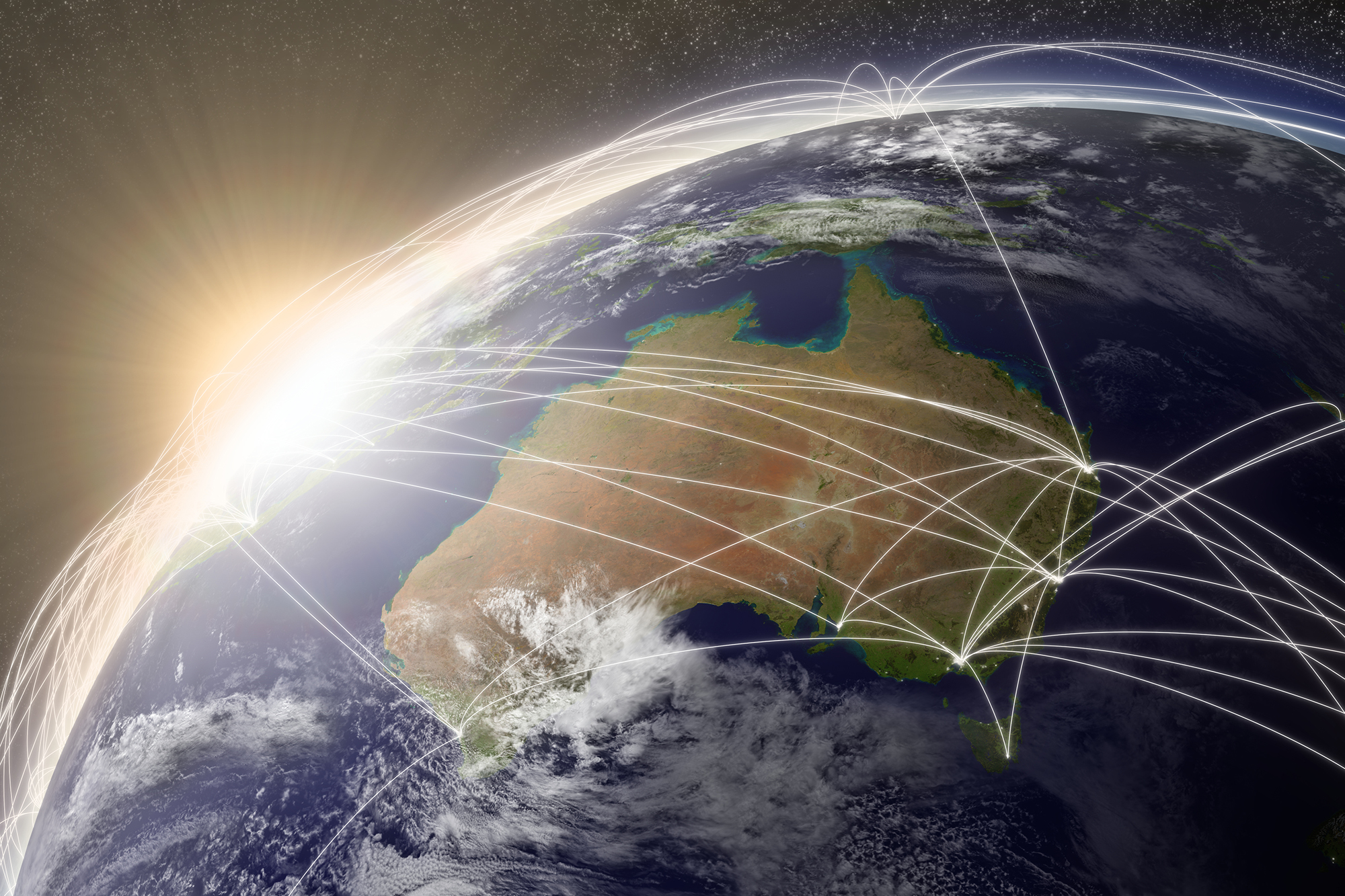World Rankings
Australia’s EDR of gold, iron ore, lead, nickel, rutile, silver, tantalum*, uranium, zinc and zircon were the world’s largest in 2020 (Table 5). Another 15 commodities ranked in the top five for world economic resources: antimony, bauxite, black coal, brown coal, cobalt, copper, diamond, ilmenite, lithium, magnesite, manganese ore, niobium, tin, tungsten and vanadium (Table 5). Australia’s ranking for economic resources of silver went from third in the world in 2019 to first in 2020 as resources in Poland and Peru were reassessed. Other significant movers were magnesite, from sixth to fourth, and tin, from fourth to third.
In 2020, Australia was the top global producer for bauxite, iron ore, and rutile (all bulk commodities), as well as lithium which is important for battery storage technologies. Australia was the second largest producer of gold, lead, uranium, zinc and zircon; the third largest producer of cobalt, diamond, ilmenite and manganese ore; the fourth largest producer of rare earths and the fifth largest producer of antimony, black coal, magnesite, nickel, silver and tantalum (Table 5). In fact Australia went from a top 5 producer of 15 commodities in 2019 to 20 commodities in 2020, reflecting, in part, that Australia’s mining industry weathered the effects of the covid-19 pandemic better than this sector in many other countries.
Table 5. World ranking for Australia's mineral resources (EDR) and production as at December 2020.
| Commodity | World Ranking for Resources | Share of World Resources | World Ranking for Production | Share of World Production |
|---|---|---|---|---|
| Antimony | 5 | 7% | 5 | 1% |
| Bauxite | 2 | 17% | 1 | 28% |
| Black Coal – Recoverable | 4 | 10% | 5 | 7% |
| Brown Coal – Recoverable | 2 | 23% | 6 | 7% |
| Chromium | n.a. | n.a. | 0 | 0% |
| Cobalt | 2 | 21% | 3 | 4% |
| Copper | 2 | 11% | 6 | 4% |
| Diamond | 5 | 2% | 3 | 19% |
| Fluorine | 10 | minor | 0 | 0% |
| Gold | 1 | 20% | 2 | 10% |
| Graphite | 8 | 2% | 0 | 0% |
| Ilmenite | 2 | 22% | 3 | 9% |
| Iron Ore | 1 | 29% | 1 | 38% |
| Lead | 1 | 41% | 2 | 11% |
| Lithium | 2 | 27% | 1 | 49% |
| Magnesite | 4 | 4% | 5 | 3% |
| Manganese Ore | 4 | 10% | 3 | 12% |
| Molybdenum | 7 | 2% | 0 | 0% |
| Nickel | 1 | 22% | 5 | 7% |
| Niobium | 3* | 2% | unknown | unknown |
| Phosphate | 9 | 2% | 18 | 1% |
| PGE | minor | minor | minor | minor |
| Potash | 12 | 1% | 0 | 0% |
| Rare Earths | 6 | 4% | 4 | 8% |
| Rutile | 1 | 63% | 1 | 26% |
| Scandium | unknown | unknown | 0 | 0% |
| Silver | 1 | 18% | 5 | 5% |
| Tantalum | 1* | 75% | 5 | 4% |
| Thorium | n.a. | n.a. | n.a. | n.a. |
| Tin | 3 | 13% | 8 | 3% |
| Tungsten | 2 | 17% | minor | minor |
| Uranium | 1 | 31% | 2 | 13% |
| Vanadium | 2 | 29% | 0 | 0% |
| Zinc | 1 | 26% | 2 | 11% |
| Zircon | 1 | 71% | 2 | 21% |
Abbreviations
n.a. = not applicable because Australia has no Economic Demonstrated Resources of that particular commodity; PGE = platinum group elements (platinum, palladium, osmium, iridium, ruthenium, rhodium).
Notes
Minor = <1% of global economic resources and/or production, therefore Australia’s ranking unable to be determined.
Unknown = production is likely to have occurred during the year but quantities are not publically available.
World rankings determined by comparing Australia’s EDR and production to economic resources and production reported for other countries, see sources below. Undocumented resources and production are not used in the comparisons.
Sources
USGS (Mineral Commodity Summaries 2021), OECD Nuclear Energy Agency/International Atomic Energy Agency (The Red Book 2020), World Nuclear Association (World Uranium Mining Production, September 2020 update), International Energy Agency (Coal Information 2020 Overview) and Geoscience Australia.
*In addition, it should be noted that Australia’s high rankings for niobium and tantalum are based on published estimates of economic resources and, therefore, do not consider the large, but undocumented, resources of the Congo.

